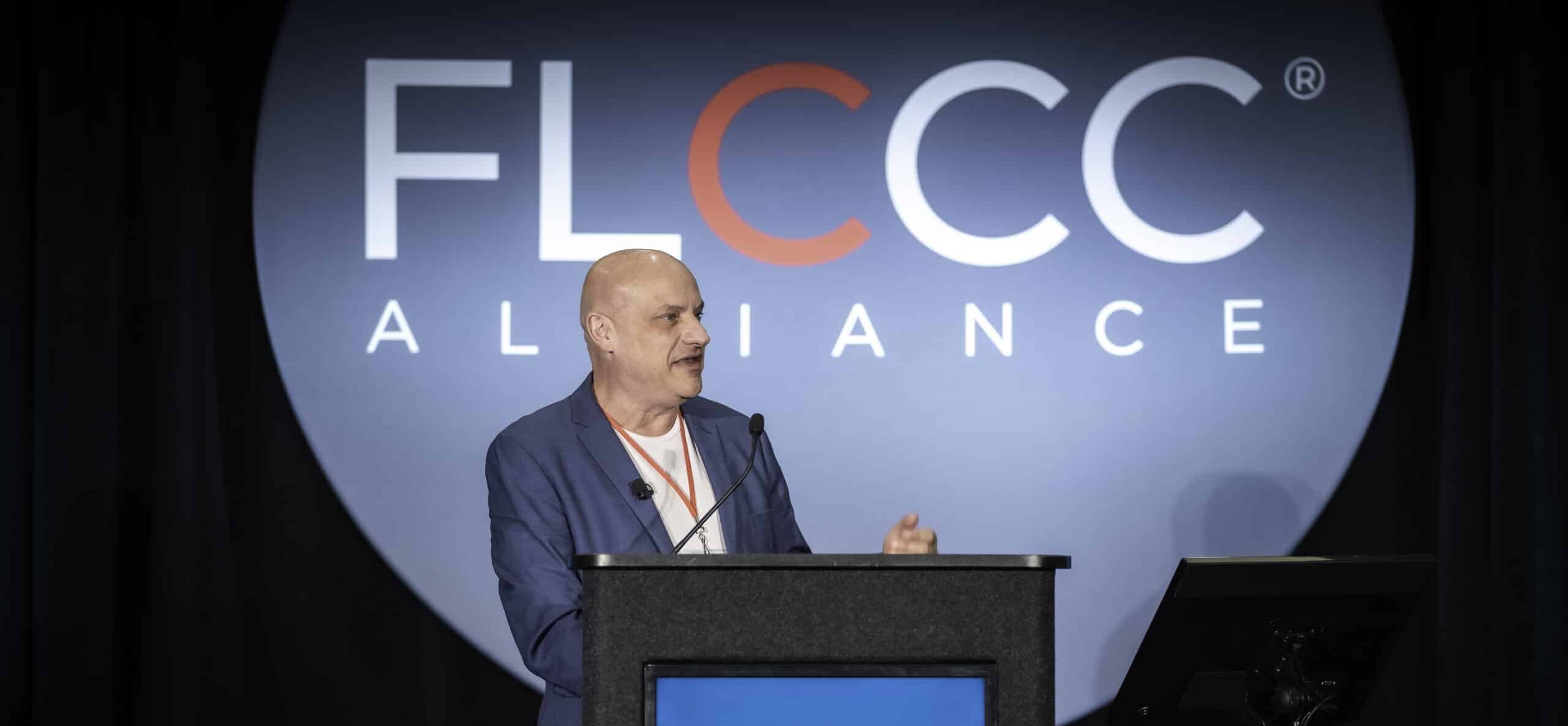
Working in New York’s magazine industry in the 1990s was a glamorous gig marked by lavish expense accounts, front-row seats to Fashion Week, and daily supermodel sightings. I cut my publishing teeth at SEVENTEEN, where I learned critical skills like crafting compelling 15-character cover lines (LIFE’S A BEACH!) and sucking up to PR sharks for bottomless boxes of freebies.
In between pontificating about prom dresses and test-driving pimple creams, I discovered a dirty secret: magazines are shameless, habitual liars.
One of my tasks as a fashion and beauty editor was to label the makeup each month’s cover model was wearing. You know, so readers could go out and buy that very same, sparkly-yet-sheer, perfect-shade-of-plum lip gloss that Cindy Crawford was sporting.
You might imagine that meant me bellying up to the beautification station on photo shoots and taking furious notes as the makeup artist pulled products from her small but carefully curated stash.
Yeah, that’s not how it worked.

In reality, the makeup artist would stroll in with a Fiat-sized rolling bin brimming with products from every cosmetics purveyor on the planet. Each artist had their favorites; this (no-name) concealer or that (discontinued) eyeshadow or some lip liner you could only buy in Japan. They’d expertly pluck pots and palettes from their cache, layering shades like a mason stacking bricks, until Cindy looked a smidgen more flawless than she had when she walked in the door.
When the final cover image had been selected and doctored to the editorial team’s collective satisfaction, it was my job to courier it to the month’s chosen cosmetics company, picked from a rotating list of top advertisers. In a day or two, the company would courier back the photo along with a list of their products that, at best, mostly matched.
“Cindy Crawford is wearing Clinique Almost Lipstick in Black Honey,” I’d lie, aching for every tortured 14-year-old who was going to fork over several weeks of allowance on a lipstick that Her Moliness had probably never worn in her life.
Foolish me used to think this was a dirty but mostly harmless vanity magazine tactic. And then the plandemic hit and the parallels were glaring.
Think about where average Americans get their COVID information, and then consider that Good Morning America, CBS Health Watch, Anderson Cooper, ABC News Nightline, CNN Tonight, Meet the Press, and 60 Minutes (among an inexhaustible list of mainstream media shows) are all routinely “brought to you by Pfizer.” Yes, the same pfarmaceutical scoundrel that has a miles-long rap sheet for bribing doctors, falsifying data, and employing fraudulent marketing practices; the very one that manufactures the most widely administered of the three COVID-19 vaccines.
There’s no question their product is neither safe nor effective, an inconvenient reality that puts the clearly compromised networks in a bit of a pickle. Reporting the truth would be like a child telling his parents the babysitter lets him eat ice cream for dinner while watching Weeds. I believe the phrase is screwing the pooch.
An early pandemic Gallup poll found that Americans’ trust in the media had dipped to a near record-low, with 36% of folks saying they had a “fair amount” or “great deal” of trust in news reporting (I know, that number seemed high to me, too). And that was two years ago! The bottom-line summary of the poll is particularly telling: “Just as Americans’ trust in the three branches of government is faltering, so too is their confidence in the fourth estate—the media.” It’s this patently corrupt blending of government and media—an entity I’ve previously dubbed “governmedia”—that’s so dangerous.

When I was growing up, the news was an objective record of world events: It was raining in Rome. A bridge had collapsed in Florida. Fat made you fat! Sure, the media sometimes exaggerated for the sake of a good story (it’s kind of funny when they’re talking about the weather) and even made mistakes—ask never-President Dewey—but they always corrected them, even if the mea culpa was two weeks later in tiny type buried beneath the weekend’s garage sale listings.
I found this little gem in a 1995 Harvard Business Review article:
“The U.S. press, like the U.S. government, is a corrupt and troubled institution. It fails to do what it claims to do, what it should do, and what society expects it to do. The news media and the government are entwined in a vicious circle of mutual manipulation, mythmaking, and self-interest. Journalists need crises to dramatize news, and government officials need to appear to be responding to crises. Too often, the crises are not really crises but joint fabrications. The two institutions have become so ensnared in a symbiotic web of lies that the news media are unable to tell the public what is true, and the government is unable to govern effectively.”
You can say that again. Why weren’t we listening 30 years ago? Would it have made any difference?
When the governmedia spends two years trying to convince us we should hole up in our homes to avoid a virus less deadly than the seasonal flu; when they censor and silence renowned doctors and scientists, refuse to release critical safety data, and systematically ignore the stories of the countless vaccine-injured; when they insist we inject our children with known poisons to prevent a disease that has a next-to-zero chance of harming or killing them, trust has officially and permanently left the building.
Fortunately, the world seems to be growing increasingly tired of lamestream fiction. When Tucker Carlson ditched Fox for the platform formerly known as Twitter, his first show garnered an unprecedented 120 million views. (Compare that to Carlson’s previous employer, which despite being the most watched cable news network in the country, only attracts around 1.1 million pairs of eyeballs in an entire day.)
Joe Rogan’s podcast is Spotify’s most popular, drawing 11 million fans per episode; his interview with Elon Musk—another major corporate media disruptor—was seen by 67 million people.
Couple that with free-speech platforms like Telegram and Rumble, not to mention scores of everyday citizen journalists capturing and sharing global events without bias or incentive, and it’s no wonder that—just like the magazine industry I once worked for—mainstream media is barely limping along on life support.
I, for one, can’t wait until someone finally pulls the plug once and for all. When that happens, I’m sure I’ll find out about it on Joe Rogan.





